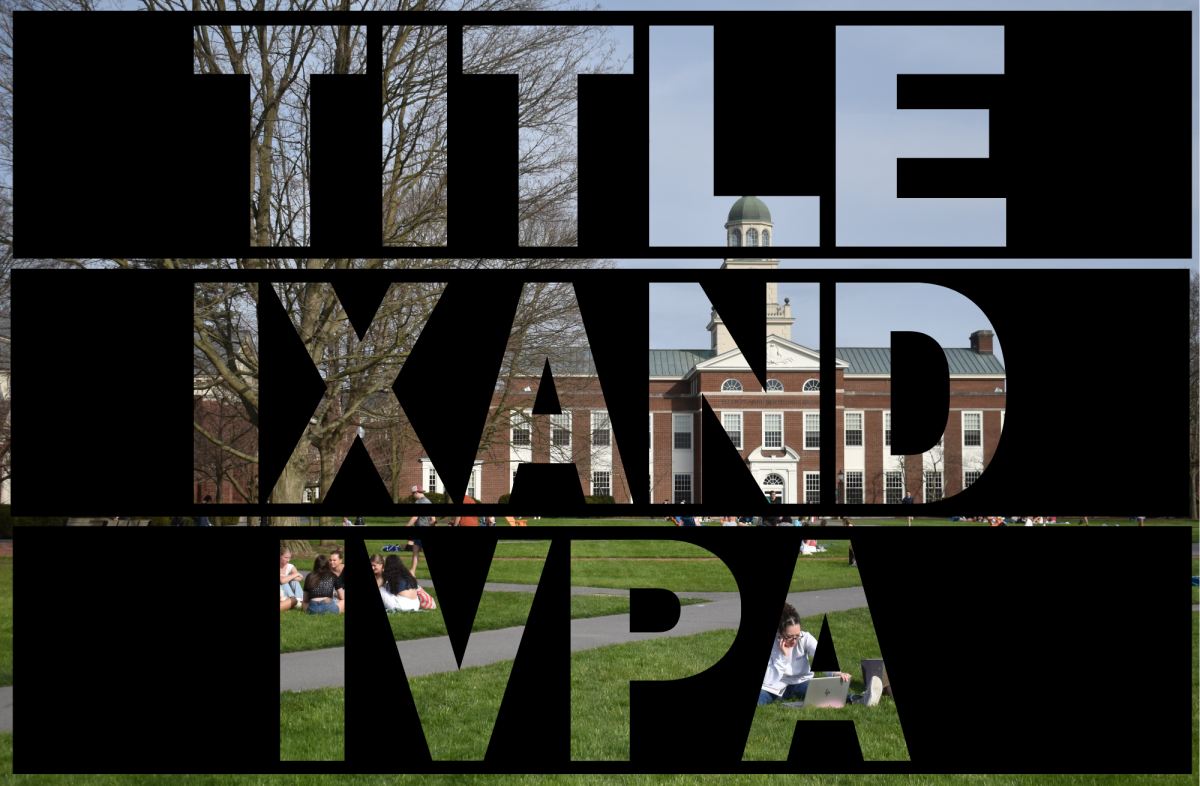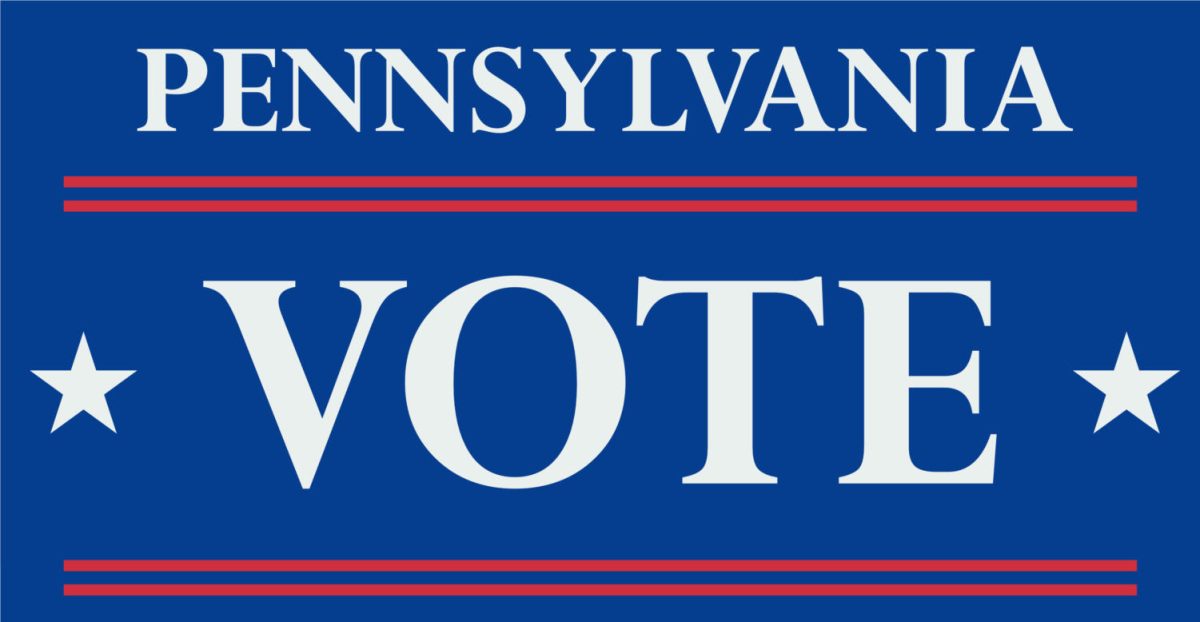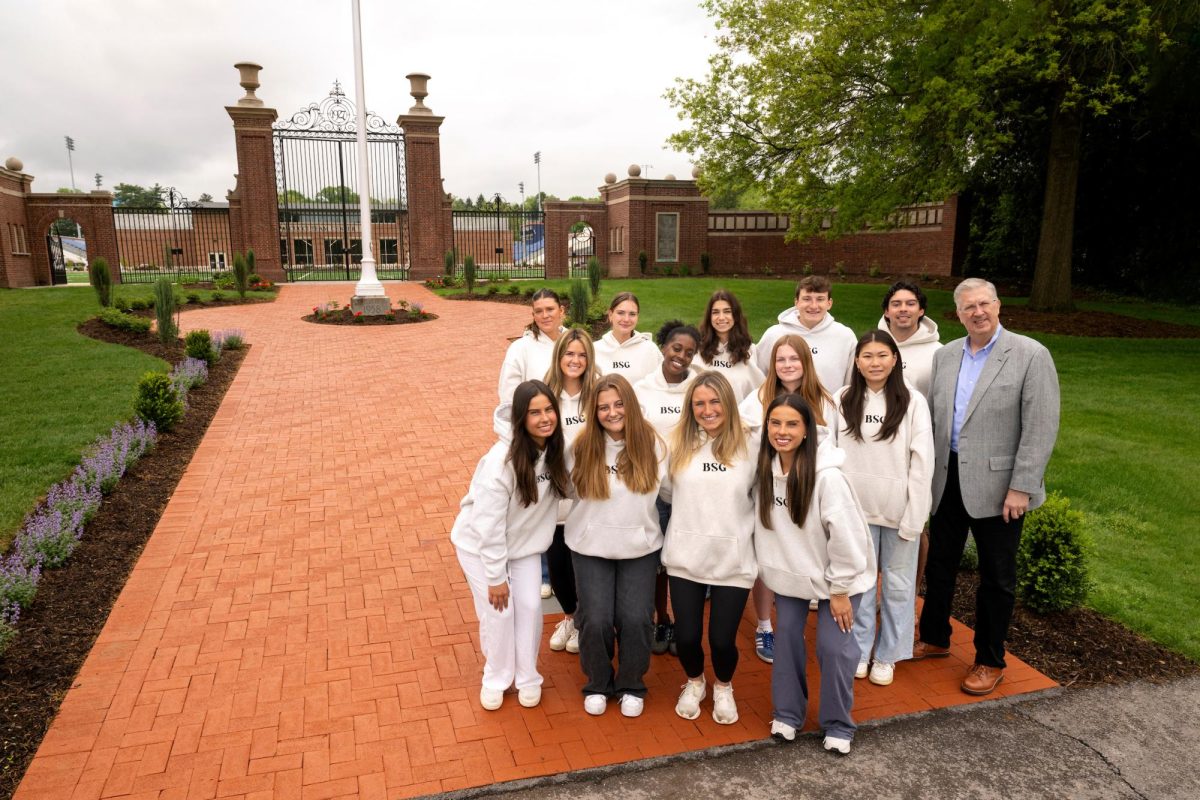Bucknell University is home to extreme rates of sexual assault. Exacerbated by the lack of institutional trust and subsequent underreporting of sexual violence, these rates are likely even more pervasive than reported. To effectively combat the alarmingly high rates of violence on our campus, we must designate significantly more resources for sexual violence prevention and education. It is critical we re-imagine the bare framework of Bucknell into a structure that supports the valid needs of victim-survivors, adheres to inclusivity and prevention, and is comparable to institutions with similar assets as Bucknell.
Sexual Assault is Pervasive on College Campuses
- Sex-based discrimination at educational institutions is federally prohibited by Title IX, including sexual harassment and assault.
- Campus sexual assault (CSA) makes up 43% of total on-campus crimes in the US (Miodus et al).
- Up to 25% of female college students reported being victims of CSA (Cantor et al).
Bucknell has higher rates of Sexual Assault than the National Average
- 1 in 5 women and 1 in 16 men are sexually assaulted while attending college in the US (White Law).
- 1 in 4 women and 1 in 9 men are sexually assaulted while attending Bucknell University (Dr. Bill Flack’s research team).
- Women in sororities are disproportionately sexually assaulted compared to other groups on Bucknell’s campus (Dr. Bill Flack’s research team).
- BIPOC are disproportionately impacted by sexual violence at Bucknell (Dr. Bill Flack’s research team).
- There is no significant difference in rates of sexual violence between BIPOC and white students.
- 2.5% of BIPOC respondents were involved in Greek life compared to 30.7% of white respondents.
We have a Severe Deficiency yet Critical Need for Sexual Violence Resources
- Bucknell’s IPVA office is an office of 1.
- Colgate’s IPVA office (Haven) is an office of 3.
- Survivors seeking legal action have the right to a fair and speedy trial, yet Title IX cases have been going on for one year or longer.
- Survivors are forced to relive their trauma until the trial is resolved.
- Knowing that cases are handled poorly, survivors are reluctant to report or seek help.
- This lack of resources fosters institutional mistrust among students.
Proposed Solutions
- Expanded staffing for the IPVA office: at minimum, the assistant director position, and a part-time crisis interventionist specialist to which comparable institutions have
- An expanded and rebranded IPVA office space that provides students with the dignity and privacy they deserve (as compared to the exposing and cramped current setting near Arches Lounge).
- Structured and concentrated training programs that can effectively facilitate federally mandated first-year workshops in a manner that ensures sustainability, longevity, and commitment to education.
- A designated pillar for sexual assault and interpersonal violence to ensure issues and feedback are taken into consideration by the administration.
- A serious commitment to peer education through which students would be paid and work year-round.
- Administrative endorsement and support for prevention programs (something necessary for initiatives aimed at staff and PSAFE).
- 24-hour/after-hour advocacy resources like a 24-hour call line
- Expanded and clearly designated confidential spaces.
- A Sexual Assault Response Team (SART) to assist in Title IX and discuss how the needs of students are being met.
Visualizing a Better Future
- Without the serious consideration of higher level administration (like that which the creation of a stand-alone pillar would achieve), there is no way to facilitate institutional programs surrounding Bucknell employee cultures and PSAFE.
- Regardless of if these changes are made, a need for them will persist and the labor will disproportionately fall onto unpaid student advocacy groups like Speak UP.
- Presently, Bucknell does not have the resources or structure to facilitate first-year workshops in a well-structured, effective, or accountable manner.
- Bucknell is currently lacking the resources necessary to complete their commitment to Culture of Respect (a NASPA initiative).
Sincerely,
Ericka Anghel, Ginger Baxter, and Helena Strauss
Citations:
White Law. (n.d.) “College Campus Sexual Assault Statistics.” White Law PLLC. https://www.whitelawpllc.com/blog/college-campus-sexual-assault-statistics/.
Miodus, S., Tan, S., Evangelista, N.D., Fioriti, C., and Harris, M. (n.d.) Campus sexual assault. American Psychological Association. https://www.apa.org/apags/resources/campus-sexual-assault-fact-sheet.
Cantor, D., Fisher, B., Chibnall, S., Townsend, R., Lee, H., Bruce, C., and Thomas, G. (2017) Report on the AAU campus climate survey on sexual assault and sexual misconduct. The Association of American Universities. https://www.aau.edu/sites/default/files/AAU-Files/Key-Issues/Campus-Safety/AAU-Campus-Climate-Survey-FINAL-10-20-17.pdf.





















